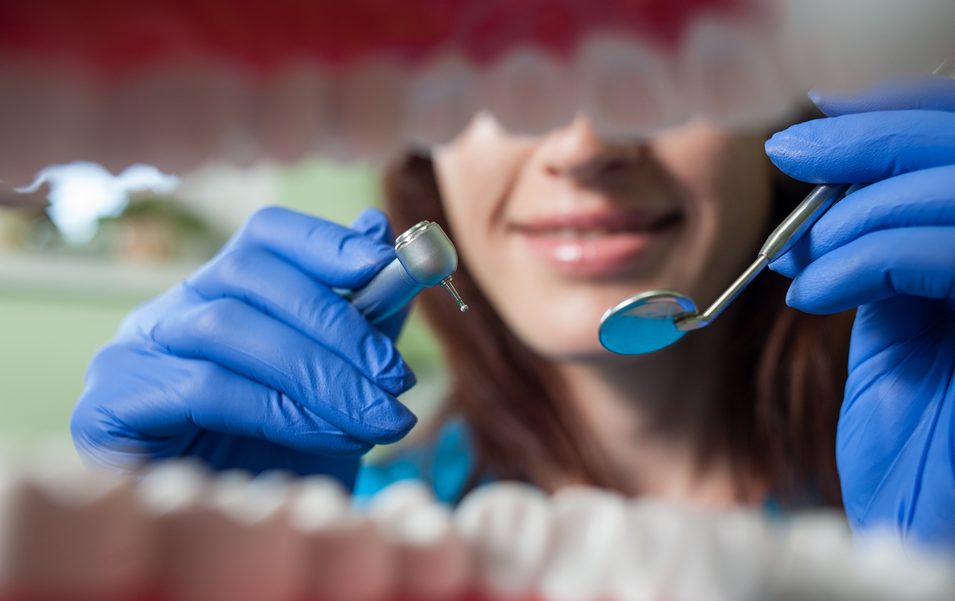Understanding Facial and Oral Trauma Surgery
 Admin - Oral Surgery
Admin - Oral Surgery
 Feb 6, 2024
Feb 6, 2024
Facial and Oral Trauma Surgery
Facing a facial or oral injury can be a daunting experience, especially when it leads to a visit to the emergency room. For those navigating these challenging circumstances, seeking guidance from an oral and maxillofacial surgeon is a wise step. These specialized surgeons possess the unique qualifications necessary to address and treat facial injuries effectually.
The Expertise of Oral and Maxillofacial Surgeons
Oral and maxillofacial surgeons are the authoritative figures in managing and rectifying facial trauma. Their expertise spans a range of treatments from repairing dental and jaw fractures to addressing breaks in other facial bones, as well as mending soft tissue wounds across the face and mouth. Their extensive knowledge of jaw alignment and bite dynamics is pivotal for the reconstructive process of intricate facial fractures.
The American College of Surgeons upholds that a multi-faceted approach, incorporating oral and maxillofacial surgery, otorhinolaryngology, plastic surgery, as well as ophthalmology, leads to optimal outcomes for patients with complex craniofacial injuries. Remarkably, many of today’s innovative methods for facial injury reparations are credited to oral and maxillofacial surgeons’ work in combat hospitals during times of war.
When Facial Bones Break
Broken bones in the face are considered major injuries and may involve various facial structures including the lower jaw (mandible), upper jaw (maxilla), cheekbones (zygomas), eye sockets (orbits), or a combination of these areas. Such fractures often come with lacerations and other related soft-tissue traumas. Damaged teeth can affect occlusion — how teeth align when the mouth is closed — which in turn can impact essential functions like sight and the ability to breathe, speak, chew, and swallow, often necessitating hospitalization.
The fundamental principles for addressing facial fractures are akin to treating broken limbs: aligning the bone fragments (reduction) and maintaining their correct position (fixation) to allow healing. Depending on the complexity and location of the fracture, different methods may be employed. These can range from wiring, to the use of plates and screws to stabilize the affected bones. Patients with missing teeth or extensive dental damage may require specialized reconstructive plates and screws to repair and secure their fracture.
The paramount objective is to return the patient to full functionality swiftly. In this process, your oral and maxillofacial surgeon will determine the most fitting treatment tailored to your needs. Since facial trauma patients often present with other medical concerns, an oral and maxillofacial surgeon will adeptly integrate their care with that of other medical professionals involved.
Taking Facial Injuries Seriously
An individual who has suffered a potential facial injury and shows signs of unconsciousness, confusion, nausea, dizziness, or impairment should receive immediate medical attention; call 911 right away without attempting to move the person. However, if such symptoms aren’t present but the injury appears severe or there’s uncertainty about its gravity, ensure to bring them to the nearest hospital emergency room promptly.
Remember, facial injuries should never be underestimated due to their potentially complex nature and the critical functions they may affect. Professional evaluation and treatment are indispensable in these situations to ensure the best possible outcome and recovery.
Trending News
-

New Device Detects Gingivitis Early Admin
-

Non Toxic Dental Fillings : BPA, BHT, HMBP, DPCL, TPSb, HEMA, TEGDMA Free Admin
-

Essential Questions for Your Oral and Maxillofacial Surgeon Admin
-

Why Root Canals Fail? | The Usual Suspects Meredith Y. Newman Endodontist Fresno
-

Exploring Dental Implants as a Tooth Replacement Option Admin
